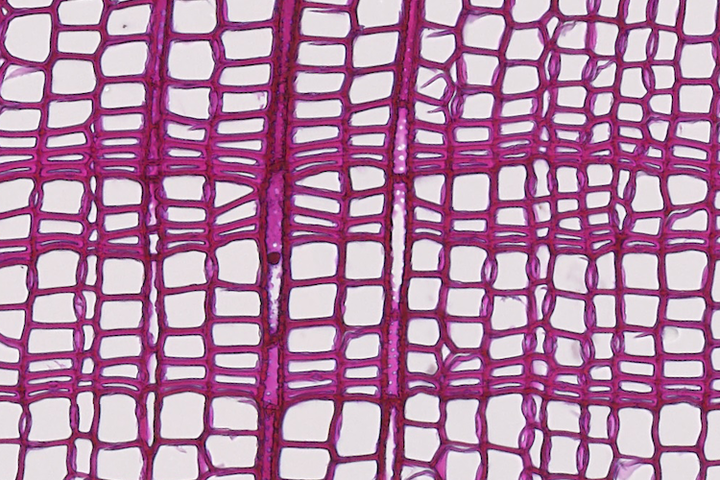Using wood anatomy to refine the record of past climate

Results from the 800+ year-long chronology of anatomically-determined maximum latewood density (aMXD) from Firth River show that density measurement resolution affects the low-frequency variability of temperature reconstructions. High-resolution aMXD chronologies correlate more strongly with July/August average temperature across frequencies compared to low-resolution aMXD, suggesting that high-resolution measurements will provide a more accurate representation of temperature trends.